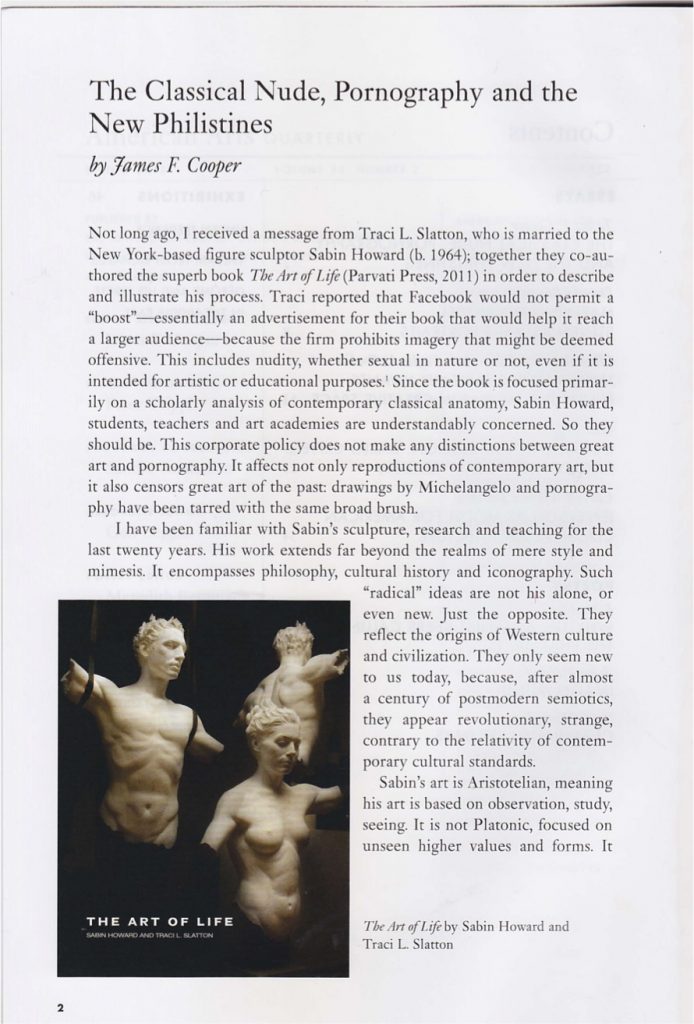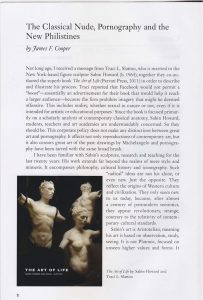The Doctor As Entrepreneur
Medical technology is changing every day, advancing at an unprecedented rate. Inventions like contact lens that measure blood sugar, and other wearable technologies, are in the works. Within a decade, it’s likely that people will be able to assemble health information easily, without the need for finger pricks or trips to the doctor’s office.
Some weeks ago, author and medical technologist Robin Farmanfarmaian was a guest on my BlogTalkRadio show, Independent Artists & Thinkers. Farmanfarmaian, who works with silicon valley biotech and medical technology start-ups, talked about her book The Patient As CEO: How Technology Empowers the Healthcare Consumer. She commented on the speed of the medical technology revolution and how difficult it is for doctors to keep track of new developments. The patient, she advises, must see himself or herself as the head of a team of healthcare professionals who work together to help the patient achieve optimal health.
This revolution is occurring at the same time that managed health care is making it harder for physicians to make a good living at a profession for which they have studied and specialized for a decade or longer, while also undertaking huge student loans. Indeed, I worry about my stepdaughter in medical school. Will she be forced to see twenty-two patients per hour just to pay back her student loans? Will her options be limited by checklist medicine and by debt?
In the face of the medical technology revolution and ever more rigid and punitive insurance regulations, doctors do have their own ingenuity to fall back on. I was reminded of this recently when my friend dermatologist Debra Jaliman told me about new products that she herself developed, Sea Radiance skin care products.
Dr. Jaliman, a board-certified dermatologist and assistant professor at the Icahn School of Medicine at Mount Sinai, has been a resource for me for more than twenty years. She’s always on the cutting edge of dermatological products and techniques. I reviewed her book Skin Rules: Trade Secrets from a Top New York Dermatologist because I found it useful, informative, and well-written.
Cosmetic dermatology may not be in the same category as, say, paint-on ink that gauges blood pressure, but for women like me who care about looking their best, it matters. Life deals us all so many bad cards that when I can do something positive for myself, I seize the opportunity.
So I was intrigued when Dr. Jaliman announced her new cleanser that moisturizes as it cleanses and her new eye cream, both made from sea flora, organic flower essences, and advanced dermatological formulas. I wanted to know what the products could do for me. Thinking about my stepdaughter’s future in medicine, and about Farmanfarmaian’s appearance on my BlogTalkRadio show, I also wanted to know what had prompted Jaliman to develop them and how she had done so.
“I’ve been working with big companies for so many years, and I always had in mind that I’d create my own products,” Jaliman told me. She’s consulted with companies such as Johnson & Johnson, Proctor & Gamble, SKII, Lierac, and others, helping them develop products. “I don’t sign the standard non-compete clause, when I work with them.”
“But why these products, now?” I persisted.
“I listen to my patients. They want immediate results around their eyes,” Jaliman said. “And over the years in my practice, I hear the same complaints, especially from people with sensitive skin or adult acne. The usual cleansers dry them out or provoke redness; after many people wash their face, their skin feels tight and dry. My goal in developing gentle cleanser was to create a product that took off all the dirt and impurities but left the skin feeling hydrated.”
She also commented that patients would stand in her office and read labels, and some dismissed certain products because of their ingredients. So Jaliman sought out the purest ingredients–and a lab that would work with her to create the finest, most effective products.
“Not all labs wanted to do this because it’s incredibly difficult,” she admitted. “It was no easy goal. I made many different formulas.” She noted that her products have very low numbers on the Environmental Working Group‘s list. Her eye cream and cleanser are formulated without parabens, phthalates, sulfates, gluten, and synthetic dyes and fragrances.
She explained that while the big corporations have the advantage of big budgets for research and development and marketing and promotion, she has an advantage in immediacy of feedback. “I have thousands of patients that I could give the product to. They tested it for me and gave me honest feedback. We then changed the product many times over the course of the year and a half of development.”
Jaliman was a stickler for maintaining her products’ efficacy. Air inactivates antioxidants, so she sought out a high tech tube that wouldn’t allow air in for dispensing the eye cream. Before launching Sea Radiance, she had a beautiful and informational website built. The consummate marketer, she included the new products in a gift bag for stars at the Academy Awards.
She handed me samples so I could try them for myself. I felt so good about the purity of the products that I shared the cleanser with my 11 year old daughter. She left for school saying, “My face feels so good, mommy!” It’s a sentiment I’m happy to echo: my skin feels softer since using Sea Radiance cleanser, and my crow’s feet are smoother with the eye cream.
I’m also happy to see such positive, utilitarian results from Dr. Jaliman’s entrepreneurial efforts. The medical technology revolution doesn’t just benefit consumers–it also, with some responsiveness and inventiveness on their part, potentially benefits doctors.




